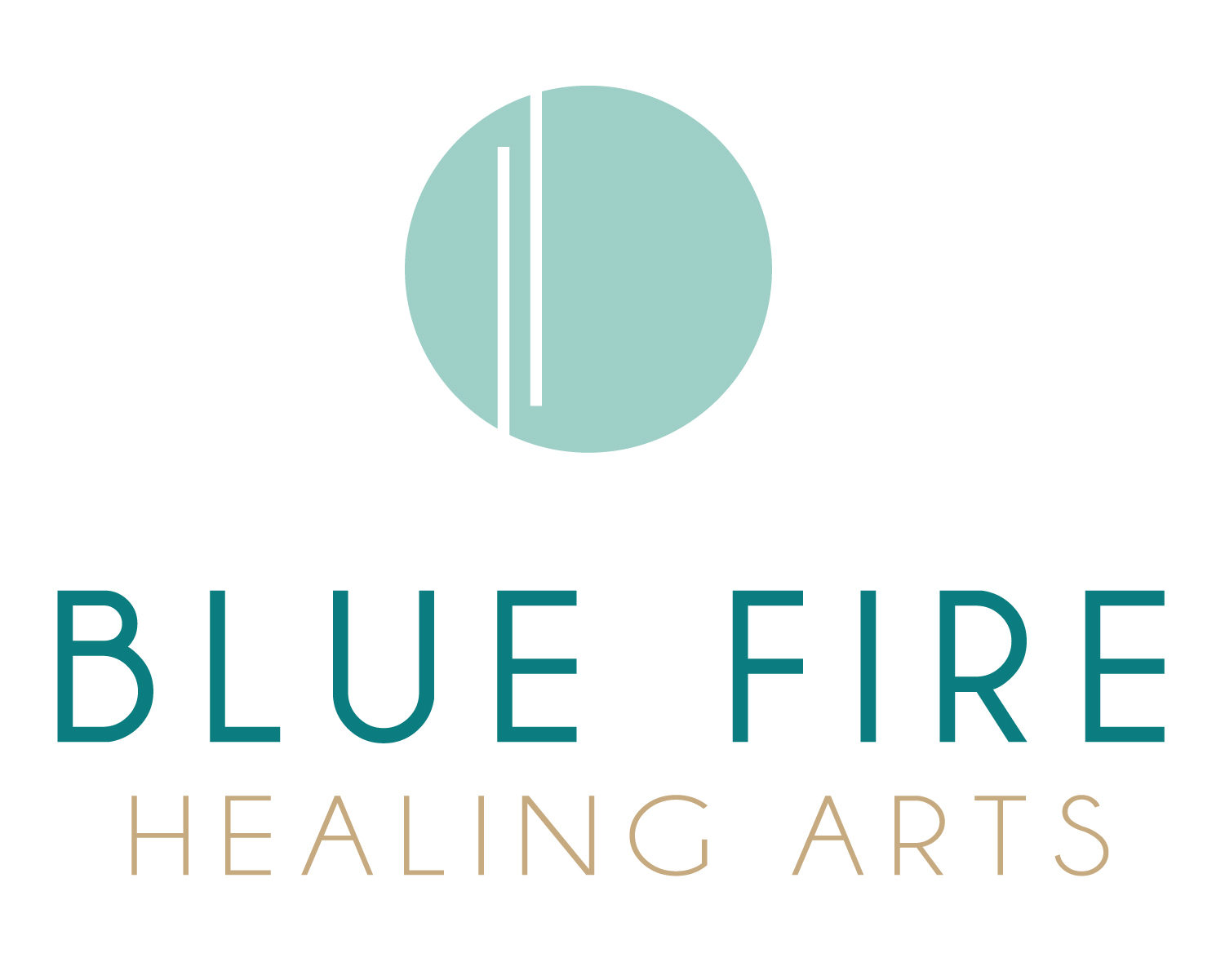Gua Sha, Graston, IASTM. There is sometimes confusion about the different types of scraping therapies and what kind of practitioner can use them.
These are all therapies that use a handheld tool to scrape and pressure the body for therapeutic purposes.
One characteristic of these therapies is the generation of petechiae, a red, rash-like expression on the skin. Called sha in Chinese, this expression is a result of rapid increase in circulation and clearing of stagnant fluid.
In the Western perspective it is considered a byproduct of the therapy. In the Eastern or Chinese persepctive it is used diagnostically to indicate the nature of the condition being treated and the prognosis for recovery.

Gua Sha
A traditional therapy used throughout Asia for thousands of years. Gua Sha is a Chinese term that essentially means to “scrape out the disease”, and the term is used generically to refer to scraping therapies.
Tools: Tools for gua sha can range from traditional horn or stone to modern stainless steel and polycarbonates.
Purpose: Resolve muscle tension, nerve impingement, tendonopathies, scar tissue, and myofascial tension. To treat disease such as wind-cold invasion of the Lung (colds or flus), qi and blood stagnation (pain), fluid stagnation (edema, swelling), cold invasion (frozen shoulder). From a Chinese medicine perspective the color of the sha that arises is also significant for diagnosis of disease pattern, and prognosis of recovery.
Performed by: Acupuncturists.
Massage therapists, physical therapists, and chiropractors also use gua sha but without the Chinese medicine perspective.
IASTM
IASTM stands for Instrument Assisted Soft Tissue Mobilization. It is a non-copyrighted term to refer to scraping therapies. IASTM addresses myofascial, nerve, and tendon issues from a strictly Western perspective. It treats pain the exact same way that gua sha does but does not treat colds and flus or include any Chinese medicine diagnosis.
There may also be less emphasis on the sha or discoloration that arises, by using more polished tools that bypass the body’s reaction to generate sha.
Tools: IASTM tools are almost always stainless steel, but some practitioners use gua sha tools and call it IASTM.
Purpose: Resolve muscle tension, nerve impingement, tendonopathies, scar tissue, and myofascial tension.
Performed by: Acupuncturists, massage therapists, physical therapists, and chiropractors.
Graston
David Graston was the first to bring an aura of Western medical science to gua sha. He developed contoured stainless steel tools of varying sizes to help with his own recovery from an injury. He then created a system of training based around these tools. Graston Therapy is trademarked, so only practitioners who have trained in Graston can say they are performing that therapy.
The copyright on the Graston tools has since expired so stainless steel tools abound on the market. Some common ones are Myo-bar and the Edge tool, but there are dozens of others.
ASTYM (not to be confused with IASTM) is another trademarked scraping technique.
Graston therapy helped bring scraping therapy into the mainstream, partially by intentionally distancing it from gua sha. Scraping therapy or gua sha cannot be called Graston or ASTYM without the necessary training and certification. However, a competent and trained practitioner of gua sha with a good tool will achieve the same results as any trademarked technique.
Tools: Graston tools
Purpose: Resolve muscle tension, nerve impingement, tendonopathies, scar tissue, and myofascial tension.
Performed by: Acupuncturists, massage therapists, physical therapists, and chiropractors with the Graston training.
